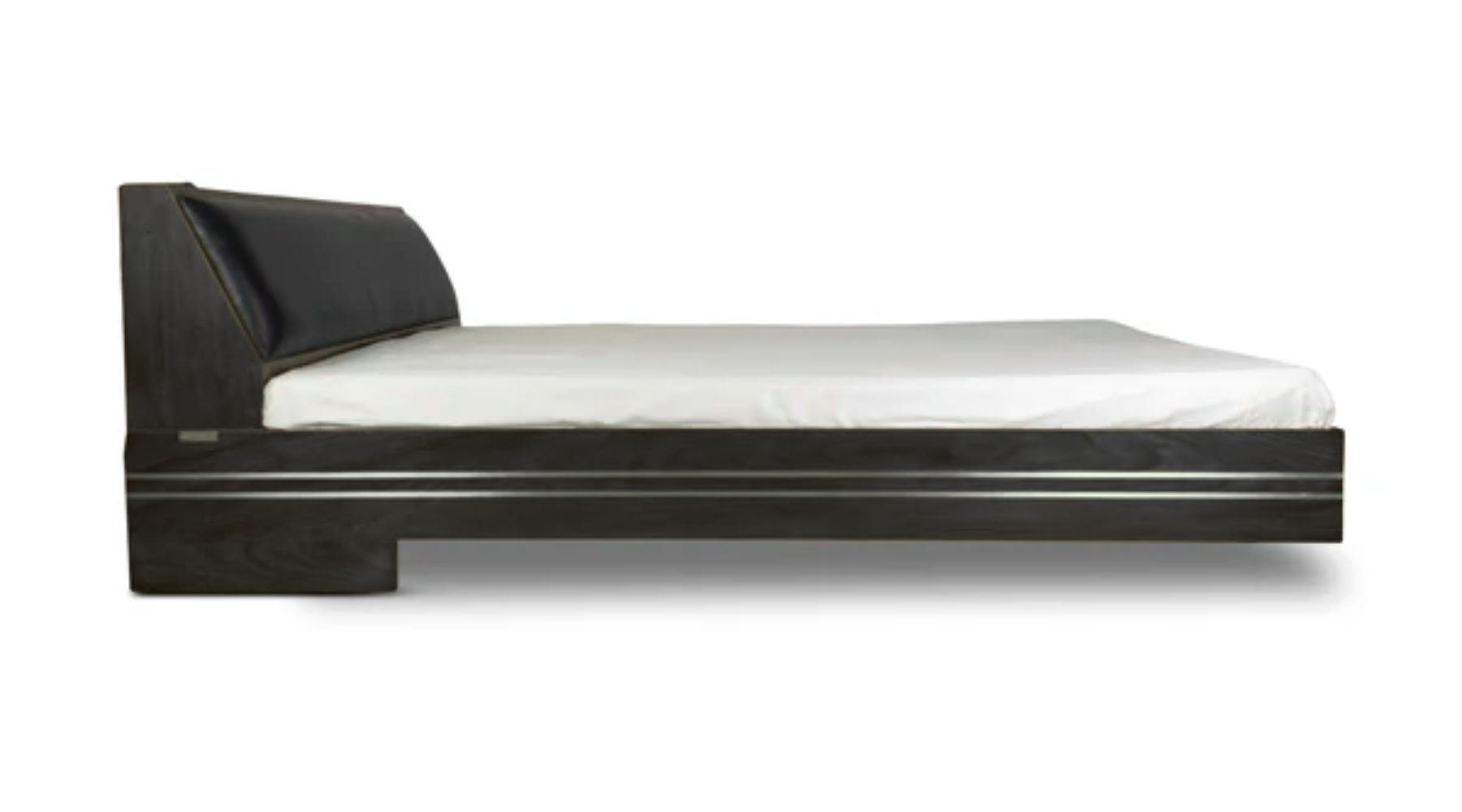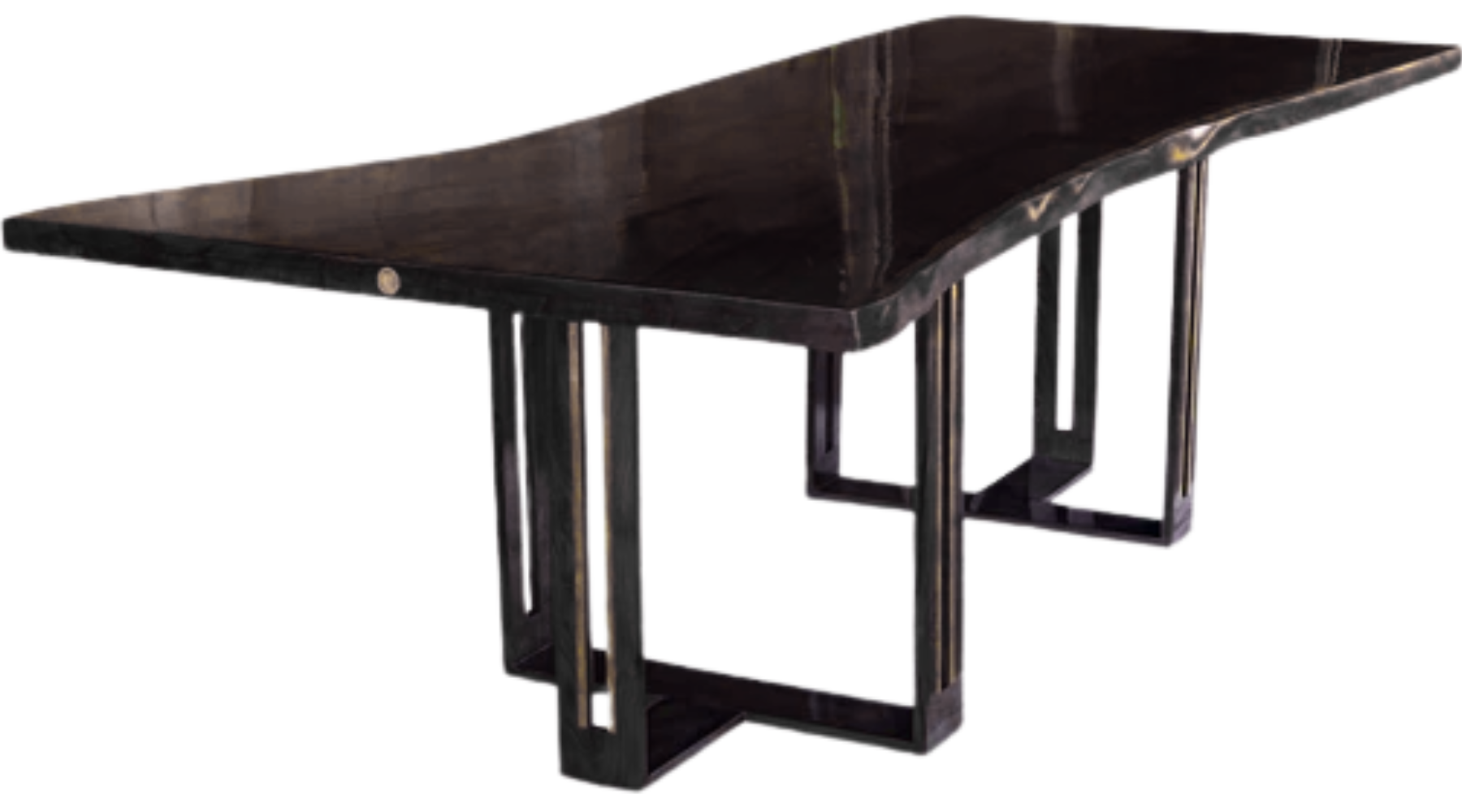Article: Outdoor Furniture Maintenance: Tips for Longevity

Outdoor Furniture Maintenance: Tips for Longevity
Outdoor furniture enhances gardens, patios, and decks. Proper maintenance extends its life, keeps it looking great, and protects your investment. This guide covers essential tips for maintaining wood, metal, plastic, wicker, and fabric outdoor furniture, ensuring long-term durability and aesthetic appeal.
General Maintenance Practices
Outdoor furniture faces constant exposure to weather, dirt, and pests. Without proper care, materials deteriorate, leading to discoloration, rust, and breakage. Regular cleaning prevents dirt buildup, mold growth, and stains. A mild soap solution and a soft brush work well for most materials, while specialized cleaners protect delicate surfaces. Protective coverings shield furniture from extreme weather conditions such as intense sunlight, heavy rain, and snow, reducing the risk of damage. Proper storage during off-seasons minimizes wear and tear, ensuring longevity. Regular inspections identify minor issues before they escalate into costly repairs. Applying protective coatings such as sealants, waxes, or sprays enhances durability by forming a protective layer against environmental factors.
Wood Furniture Care
Wood furniture is durable but sensitive to moisture, sunlight, and pests. Different types, such as teak, cedar, and eucalyptus, require specific care. Cleaning with a mild soap solution and a soft brush removes dirt while preserving natural oils. Sealing and oiling with teak oil or UV-protective sealants every six months maintain resistance to weathering. Elevating furniture slightly prevents ground moisture absorption, reducing the risk of rot. Storing wood furniture in a dry place or under a breathable cover during winter prevents cracks and deterioration. Prolonged exposure to direct sunlight causes cracking and fading, making shade placement essential.
Teak furniture, known for its high oil content, can last over 50 years with proper maintenance. Cedar naturally resists decay but benefits from an additional protective sealant. Eucalyptus requires periodic sealing to maintain its rich color and prevent drying.
Metal Furniture Care
Metal furniture, including aluminum, wrought iron, and stainless steel, is sturdy but vulnerable to rust and corrosion. Cleaning with a damp cloth and mild detergent removes grime and prevents oxidation. Rust prevention techniques, such as applying rust-resistant primers and finishes, protect metal surfaces from deterioration. Scratches and chips should be touched up with matching metal paint to prevent further oxidation. Storing metal furniture under covers or in a shed during heavy rains minimizes exposure to harsh weather.
Aluminum furniture is rust-resistant but benefits from occasional waxing to maintain its finish. Wrought iron, though highly durable, requires frequent touch-ups to prevent rust from forming in chipped or scratched areas. Stainless steel furniture resists rust but requires occasional polishing to prevent surface discoloration.
Plastic & Resin Furniture Care
Plastic and resin furniture is lightweight, weather-resistant, and affordable but prone to fading and brittleness over time. Cleaning with a mixture of water, dish soap, and baking soda removes stains and dirt without damaging the material. Storing furniture in shaded areas or applying UV-protective sprays helps prevent fading. Freezing temperatures cause plastic furniture to crack and become brittle, making indoor storage during winter essential. Applying automotive wax to the surface provides an extra layer of protection against the elements.
Plastic furniture, when treated with UV protection, can last up to 10 years. Resin furniture, more durable than traditional plastic, maintains its flexibility when conditioned occasionally.
Wicker Furniture Care
Wicker furniture, whether natural rattan or synthetic resin, requires specific maintenance to prevent fraying and sagging. Cleaning with a vacuum or a soft brush and mild soap removes dust and debris. Synthetic wicker resists moisture but requires ventilation to prevent mildew growth. Repainting and sealing natural wicker enhances its structure and appearance. Proper storage indoors or under protective covers during extreme weather prevents unnecessary wear and tear.
Synthetic wicker lasts significantly longer than natural rattan when maintained properly. Natural rattan deteriorates quickly without regular sealing and protection from excessive humidity.
Fabric & Cushion Care
Outdoor cushions, umbrellas, and fabric-covered furniture are susceptible to mold, stains, and fading. Cleaning cushion covers with mild detergent and warm water preserves their color and texture. Waterproofing sprays help fabrics repel moisture, extending their usability. Mold prevention involves ensuring fabric items are completely dry before storage. Keeping cushions indoors when not in use prevents exposure to harsh weather and UV rays.
Solution-dyed acrylic fabrics resist fading better than polyester and maintain their vibrant color for extended periods. Proper storage and maintenance double the lifespan of outdoor cushions, keeping them fresh and functional.
Seasonal Maintenance Tips
Different seasons require specific maintenance strategies to ensure outdoor furniture remains in excellent condition year-round.
During spring and summer, deep cleaning removes winter dirt and prepares furniture for regular use. Applying UV-protective treatments prevents fading and material degradation. Inspecting for wear and tear allows timely repairs before significant damage occurs.
During fall and winter, storing non-weatherproof furniture indoors protects it from moisture and freezing conditions. Applying weather-resistant coatings enhances durability for pieces left outdoors. High-quality protective covers prevent moisture damage and reduce exposure to extreme temperatures, preserving furniture longevity.
Conclusion
Proper maintenance ensures outdoor furniture remains durable, functional, and visually appealing for years. Routine cleaning, seasonal care, and protective measures prevent deterioration and extend the lifespan of different materials. By following these strategies, outdoor spaces retain their aesthetic appeal, providing comfort and style for every season.


